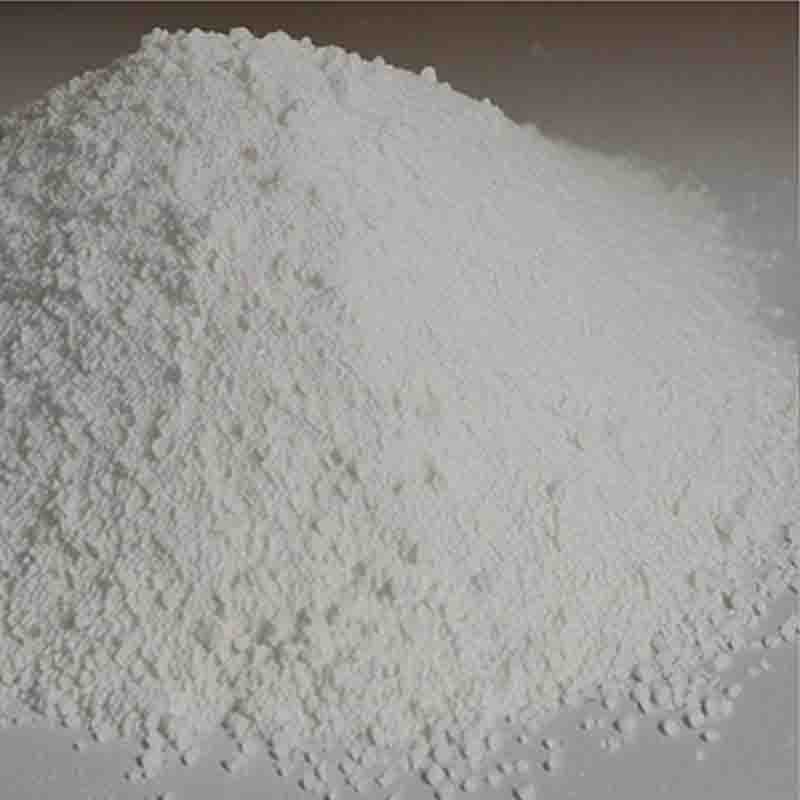2,3-Dihydroxybenzaldehyde CAS:24677-78-9
| Catalog Number | XD94708 |
| Product Name | 2,3-Dihydroxybenzaldehyde |
| CAS | 24677-78-9 |
| Molecular Formula | C7H6O3 |
| Molecular Weight | 138.12 |
| Storage Details | Ambient |
Product Specification
| Appearance | White powder |
| Assay | 99% min |
2,3-Dihydroxybenzaldehyde, also known as resorcinol aldehyde, is a chemical compound that has various effects and applications. In this response, we will discuss its effects within the given word limit.One of the primary effects of 2,3-Dihydroxybenzaldehyde is its antioxidant activity. It possesses two hydroxyl groups attached to a benzene ring, which confer its ability to scavenge free radicals and protect cells from oxidative damage. Oxidative stress is associated with various diseases, including cardiovascular conditions, neurodegenerative disorders, and certain types of cancer. The antioxidant properties of 2,3-Dihydroxybenzaldehyde make it a potential candidate for the development of therapeutic agents aimed at mitigating oxidative stress-related conditions.Furthermore, 2,3-Dihydroxybenzaldehyde has been investigated for its antimicrobial effects. Studies have shown that this compound exhibits bactericidal and fungicidal activities against various microorganisms. It has been reported to inhibit the growth of pathogens such as Escherichia coli, Staphylococcus aureus, Candida albicans, and Aspergillus niger. These antimicrobial properties make 2,3-Dihydroxybenzaldehyde a potential candidate for the development of antimicrobial agents or as an ingredient in preservatives for food or personal care products.Additionally, 2,3-Dihydroxybenzaldehyde has demonstrated anti-inflammatory effects. Inflammation is a natural response to injury or infection, but chronic inflammation can contribute to the development of various diseases, such as arthritis, asthma, and inflammatory bowel disease. Studies have shown that 2,3-Dihydroxybenzaldehyde can suppress the production of inflammatory mediators, such as cytokines and prostaglandins, thereby reducing inflammation. These anti-inflammatory properties suggest that 2,3-Dihydroxybenzaldehyde may have therapeutic potential in managing inflammatory conditions.Moreover, 2,3-Dihydroxybenzaldehyde has been explored for its potential role in melanogenesis regulation. Melanogenesis is the process by which melanin, the pigment responsible for skin and hair color, is produced. Research has shown that 2,3-Dihydroxybenzaldehyde can inhibit melanin production by suppressing the activity of key enzymes involved in melanogenesis. This finding suggests that this compound has potential applications in the development of depigmentation agents or in the treatment of hyperpigmentation disorders.In summary, 2,3-Dihydroxybenzaldehyde exhibits various effects and potential applications in different fields. Its antioxidant activity makes it a promising candidate for the development of therapeutic agents against oxidative stress-related conditions. Its antimicrobial properties suggest its potential as an antimicrobial agent or as an ingredient in preservatives. Furthermore, its anti-inflammatory effects contribute to its potential therapeutic use in managing inflammatory diseases. Lastly, its role in melanogenesis regulation may have applications in depigmentation treatments or in treating hyperpigmentation disorders. Further research and exploration of its effects will allow for a better understanding of its full potential in these areas.


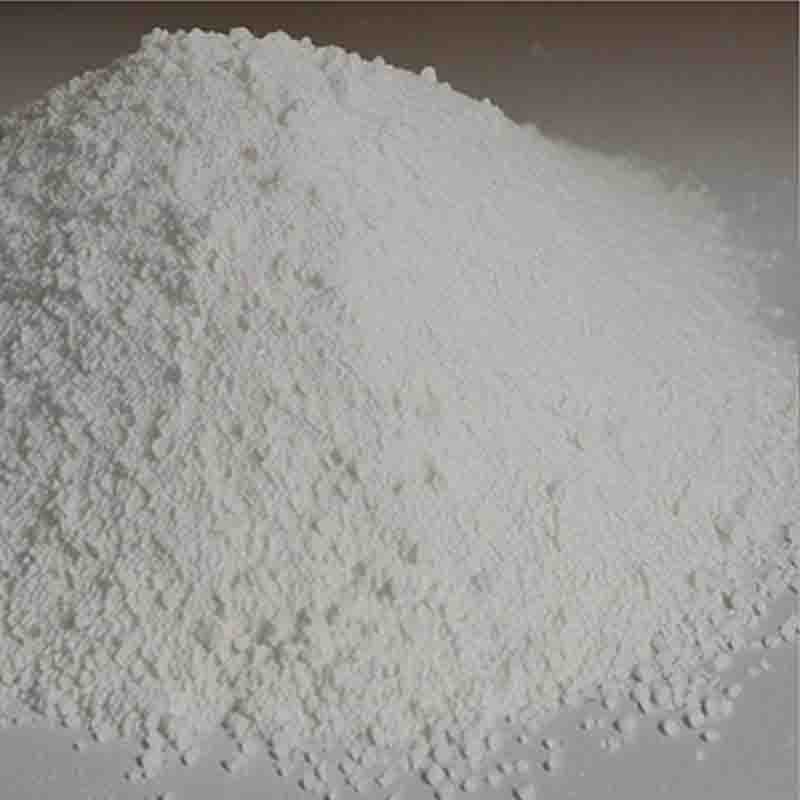


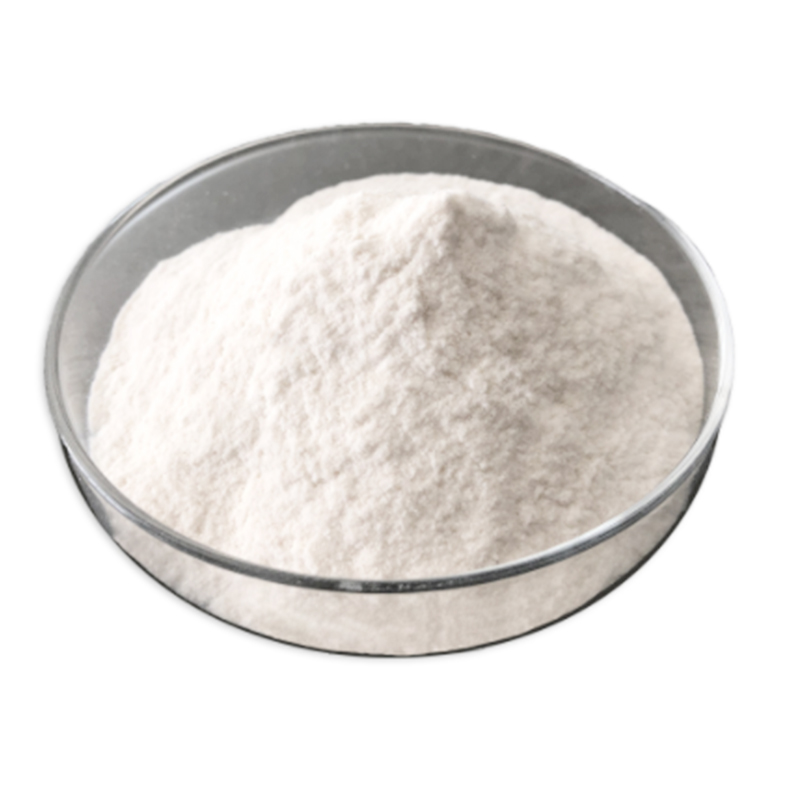
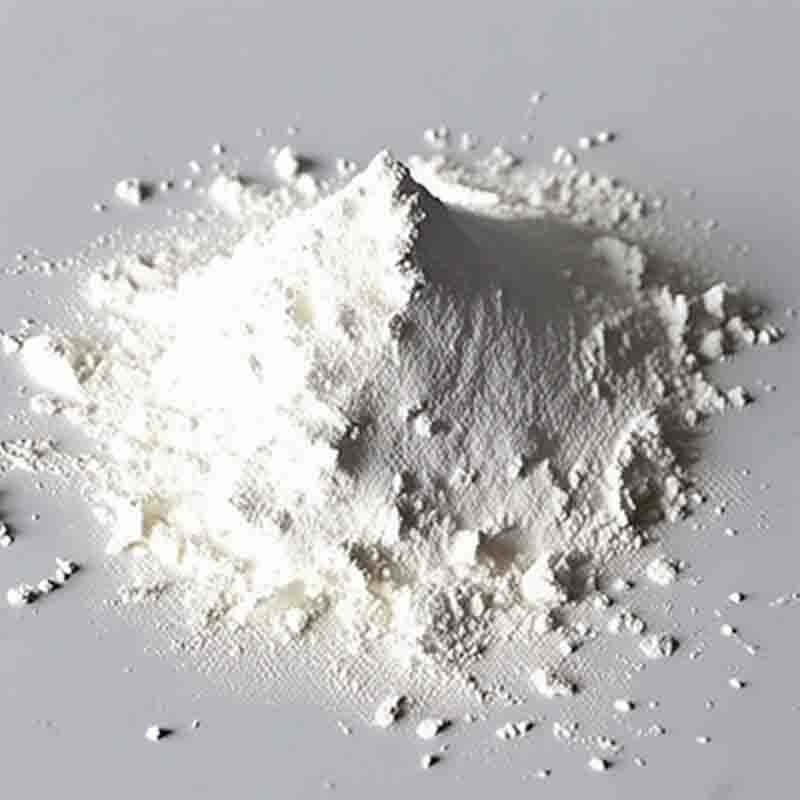
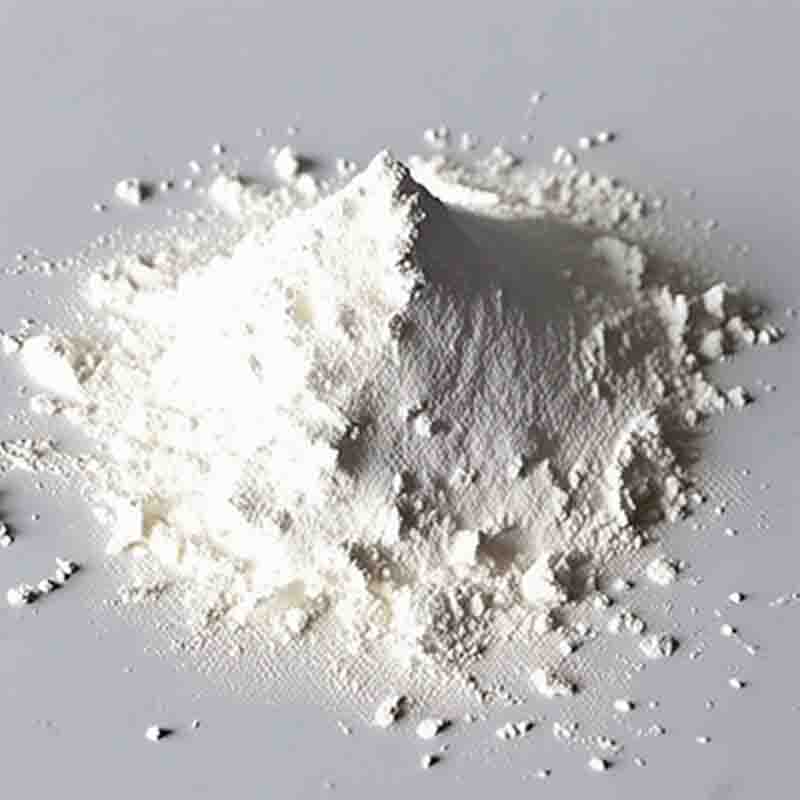
![(3S)-3-[4-[(2-Chloro-5-iodophenyl)methyl]phenoxy]tetrahydro-furan CAS: 915095-94-2](https://cdn.globalso.com/xdbiochems/白色粉末1436.jpg)
